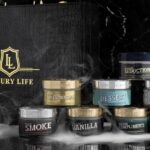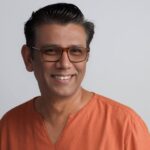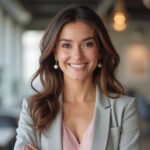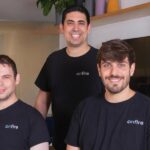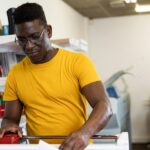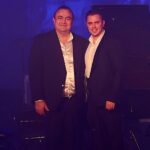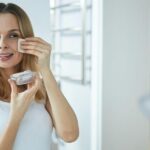Turning back the clock through cosmetic procedures has substantially increased in popularity for both women and men over the last two decades. New Yorkers in search of the best work often find themselves in the office of Dr. Ariel Ostad. Through his practice on the Upper East Side, Dr. Ostad has become the destination for dermatological and facial plastic surgery needs for everything from treating skin cancers to lifts and liposuction. In the 27 years he has been in practice, the doctor has seen the field advance in technology to make aging less noticeable and treatments more accessible.
“I have always wanted to help others, and I am very sensitive to people’s traumas,” says Dr. Ostad. “I wanted to be a doctor from a young age; however, in medical school, I realized that I had a fascination with art and making things look aesthetically pleasing. I chose dermatologic surgery because it is a marriage of medicine and the art of reconstruction or putting things back together. Yes, I was focused on helping people cure their skin cancer, but at the same time, minimizing facial deformities that can result from the removal of skin cancer. For me, it’s an opportunity to help patients while practicing what I’m passionate about.”
The Goal: Look as Good as you Feel
Dr. Ostad uses a combination of nonsurgical and surgical modalities to combat aging and to help people feel better about themselves. He shares, “Nonsurgical treatment options such as Botox and fillers make people look better with minimal recovery. Botox relaxes what we call dynamic wrinkles. These are lines that result from expressions, including frown lines, forehead creases, and crow’s feet. Fillers address hollowness.
We lose fatty tissue and collagen in the aging process, and fillers do a great job of helping to fill you out adequately. The key is to be natural with these things, not to overdo it so you maintain your youthfulness while looking your best version of yourself. Many women and men feel great inside. However, as they get older, there are insecurities about getting older. If I can help them to look as good as they feel inside, I feel like I’ve truly helped them.”
Male Clients
With the uptick in cosmetic procedures available, Dr. Ostad has also seen his percentage of male clientele rise over the years. Men have become more concerned about their appearance and more relaxed about exploring options to feel better about themselves. Dr. Ostad shares, “I see men come in because they feel like they have a receding chin, and we can address that with fillers in what we call jawline contouring, and fillers also treat under the eyes where they are getting hollow. Men are also concerned about treating eye bags, jowls, and loss of definition around the face. I see men come in for hair loss, which we treat with PRP injections into the scalp to stimulate hair growth. Hair loss is a big concern for men with stress.”
Teenagers
Younger people in their teens are also seeking cosmetic procedures, for which Dr. Ostad proceeds with caution, saying, “I am not a fan of promoting cosmetic procedures for teenagers. I think it’s important to teach the young that you have to accept yourself with some imperfections. But if a teenager has a plump nose and is very self-conscious, and it affects their confidence, getting rhinoplasty or a nose job is fine.
That is something commonly done before the age of 18. I also see teenagers who have pronounced acne scars. They are just formulating their self-esteem, and if I can help them correct that in their teen years, there’s nothing wrong with that. We do see people in their 20s getting Botox and filler, and the same thing holds true for that. I try to tell the majority of my younger patients that beauty stems from within. You have to feel good inside and not put so much emphasis on how you’re perceived.”
Number One Rule to Avoid Ageing
In terms of slowing the aging process, the doctor has some essential advice. “Sun prevention is key. Enjoy yourself outdoors, but wear your sunscreen. Try to get your sun in the early morning hours before 11:00 or after 4:00. The idea of staying exposed and getting a tan should not be practiced. That’s how you can actually prevent skin cancer. Studies show that over 90% of skin cancers are environmentally induced.
They’re not genetic. It’s about being mindful of not getting sunburned, and then there are other lifestyle issues that can reduce the risk of skin cancer that work for all types of cancer, and that really is a combination of exercise, proper sleep, nutritious foods rich in antioxidants and drinking enough water.”
Phone: 212-517-7900
Address: 897 Lexington Ave. New York, NY 10065



